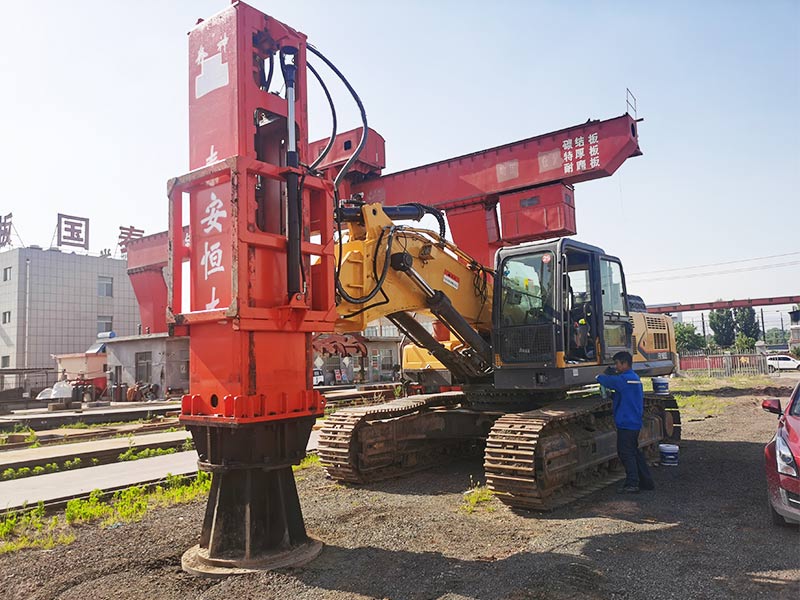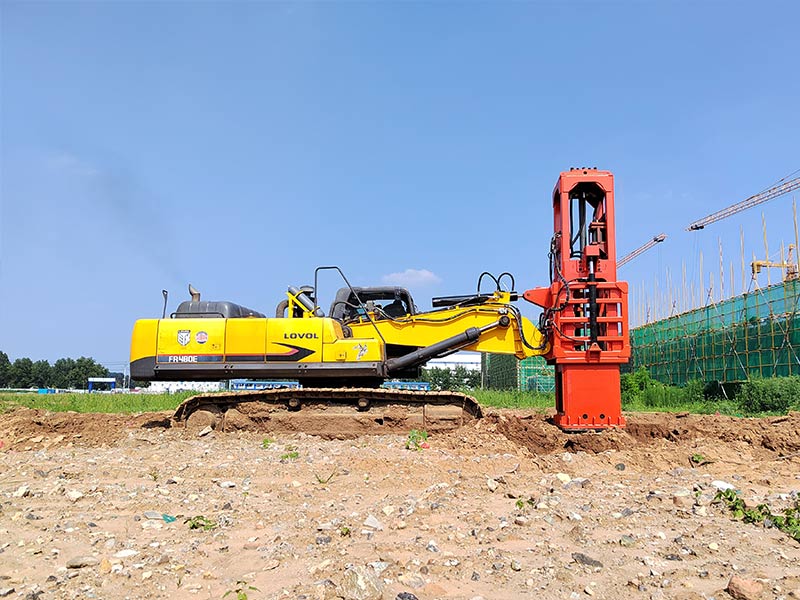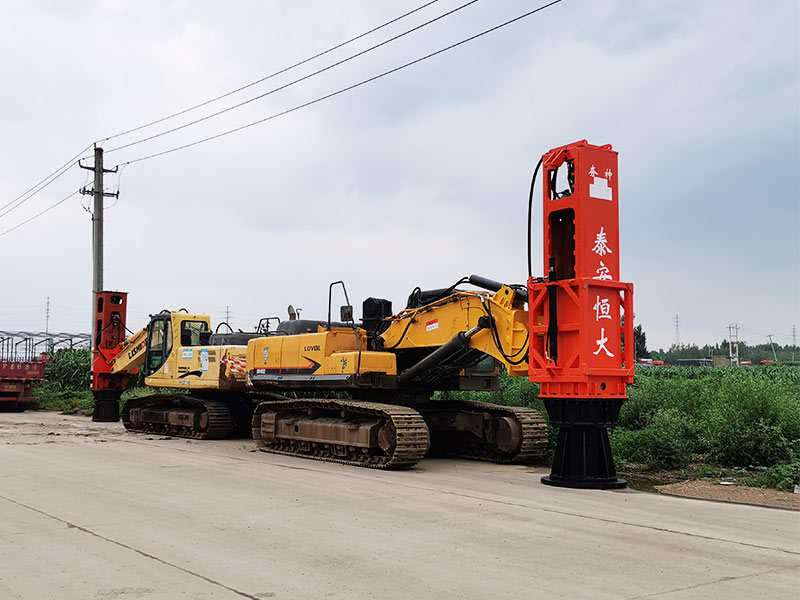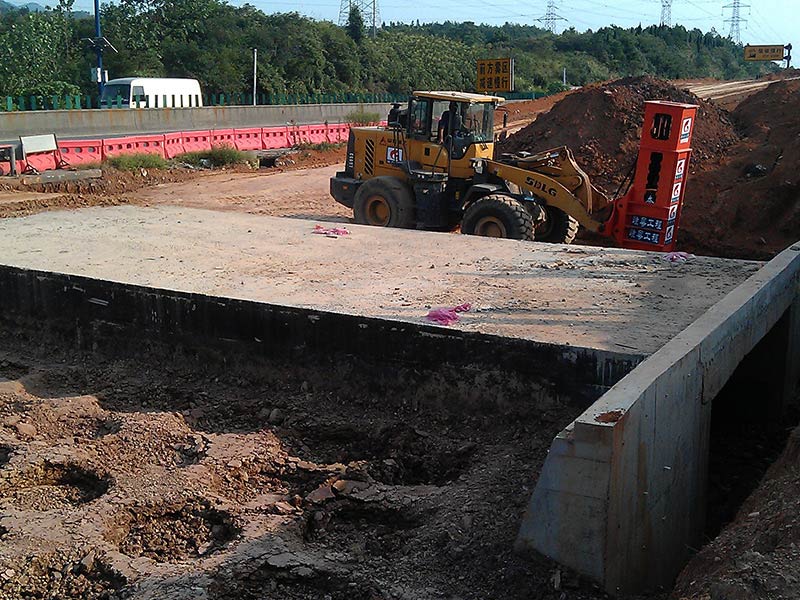What are the 4 factors affecting compaction? - HENGDA RIC
updatetime:2023-02-15 14:07:10 pageviews:317views
Nature and type of soil, i.e. sand or clay, grading, plasticity.
Water content at the time of compaction.
Site conditions, e.g. weather, type of site, layer thickness.
Compactive effort: type of plant (weight, vibration, number of passes)

Typically, the RIC method is used for the treatment of essentially granular fills in order to improve their geotechnical properties (stiffness and bearing capacity) and to reduce settlement. RIC design firstly involves geotechnical characterisation of the soils to be treated, with emphasis placed on quantifying in-situ relative density and grading characteristics. Groundwater level is an important factor for consideration of suitability of the RIC method as shallow groundwater level can act as a hydraulic barrier reducing effective energy transfer to the fill materials. However, it is the “compaction trial” (discussed under testing and quality control), which provides the designer with the necessary information to permit refinement of the design. With ground improvement techniques involving surface impact such as RIC there cannot be direct control of treatment depth, as would be the case with vibro stone columns. A critical element of RIC design therefore is the depth to which a particular treatment is effective.

With RIC the total energy input will have a major influence on the depth of compaction. With the rapid impact compactor the energy per blow is very much smaller than conventional DC and the fixed energy per blow of typically 8.4 t.m is not the major influence on the depth of compaction due to the progressive top down improvement of the treated ground. Of much greater significance to the effective depth of compaction is the number of blows at a compaction point or the energy applied overall to the ground surface. For typical impact spacing, 35 blows will impart about 170 tonne.m/m2 of energy. This level of energy input has produced significant compaction to depths between 3 and 4 m in non-engineered generally granular fill and up to about 3 m in natural sand and silty soils using a 7 t hammer.

Preliminary trials are an important pre-requisite to any extensive RIC works. Furthermore, as the main RIC works are proceeding, ongoing monitoring and testing is necessary to ensure that the appropriate amount of energy is being applied to the soil profile and that performance requirements are being met. The compaction trial, in particular, is important for the evaluation of ground response. The optimal number of blows per pass is typically taken as the value beyond which continued blows produce negligible further penetration of the compaction foot.

Rapid Impact Compaction with the Rapid Impact Compactor (RIC) is an innovative method in the field of near surface and deep compaction techniques. The RIC is a dynamic compaction device based on piling hammer technology. Dynamic energy is imparted by a falling weight dropping from a controlled height onto a patented foot. The foot of the device remains in contact with the ground; thus, the energy is transferred to the ground safely and efficiently.

